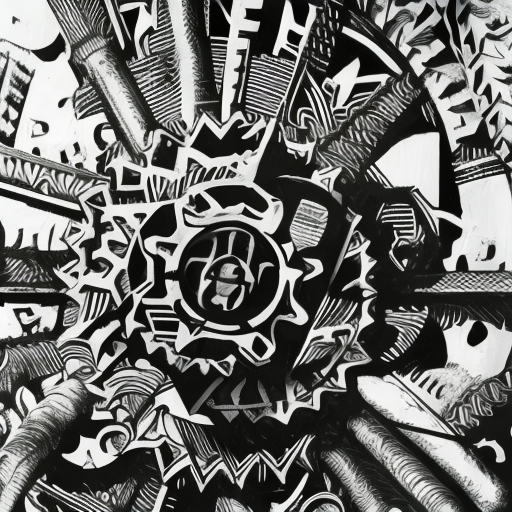One-line Summary:
Metropolis by Fritz Lang
In a futuristic city divided into two classes, a wealthy elite and an oppressed working class, a young man named Freder discovers the harsh reality of the underground workers and becomes determined to bridge the gap between the classes and bring peace to the city.
Main Cast and Crew:
- Director: Fritz Lang
- Writers: Thea von Harbou (screenplay), Fritz Lang (screenplay)
- Key Actors: Gustav Fröhlich as Freder, Brigitte Helm as Maria, Alfred Abel as Joh Fredersen, Rudolf Klein-Rogge as Rotwang
- Music Director: Gottfried Huppertz
- Director of Photography: Karl Freund, Günther Rittau
- Producers: Erich Pommer
Plot:
In the city of Metropolis, the wealthy live in luxurious skyscrapers while the workers toil underground to keep the city running. Freder, the privileged son of the city’s ruler, Joh Fredersen, lives a carefree life until he encounters Maria, a young woman who cares for the workers’ well-being. Deeply moved by the plight of the workers, Freder decides to explore the underground city and witness their suffering firsthand.
Freder’s journey leads him to the inventor Rotwang, who has created a robot in the likeness of Maria. Rotwang plans to use the robot to incite the workers to revolt against the ruling class. Meanwhile, the real Maria becomes a symbol of hope for the workers, preaching peace and unity between the classes.
As tensions rise, the robot Maria incites chaos and destruction, leading to a catastrophic flood that threatens to destroy the underground city. Freder, with the help of the real Maria and the workers, must stop the chaos and bring peace to Metropolis.
Themes and Motifs:
Metropolis explores themes of class struggle, the dehumanization of workers, and the power of unity. The stark contrast between the opulent upper city and the bleak underground serves as a metaphor for the divide between the wealthy and the working class. The film also delves into the dangers of unchecked technological advancement and the potential for manipulation and control.
One of the film’s central motifs is the duality of human nature, represented by the two Marias. The real Maria embodies compassion, love, and the potential for positive change, while the robot Maria represents manipulation, chaos, and destruction.
Reception and Legacy:
Upon its release in 1927, Metropolis received mixed reviews, with some critics praising its technical achievements and grand scale, while others criticized its heavy-handed social commentary. The film’s initial box office performance was disappointing, leading to significant cuts and alterations to the original version.
Over the years, however, Metropolis has gained recognition as a groundbreaking work of science fiction and a visual masterpiece. Its influence can be seen in countless films that followed, particularly in the genre of dystopian sci-fi. The film’s iconic imagery, such as the towering cityscape and the robot Maria, has become deeply ingrained in popular culture.
Metropolis has been restored and re-released multiple times, with efforts made to reconstruct the film as closely as possible to Lang’s original vision. In 2001, the film was added to UNESCO’s Memory of the World Register, recognizing its cultural significance.
Recommendation:
Metropolis is a must-watch for cinephiles and fans of science fiction. Its stunning visuals, thought-provoking themes, and timeless message make it a true classic of cinema. While it may be a product of its time, the film’s exploration of social inequality and the human condition remains relevant today.
Memorable Quote:
“The mediator between the head and the hands must be the heart!” – Maria












